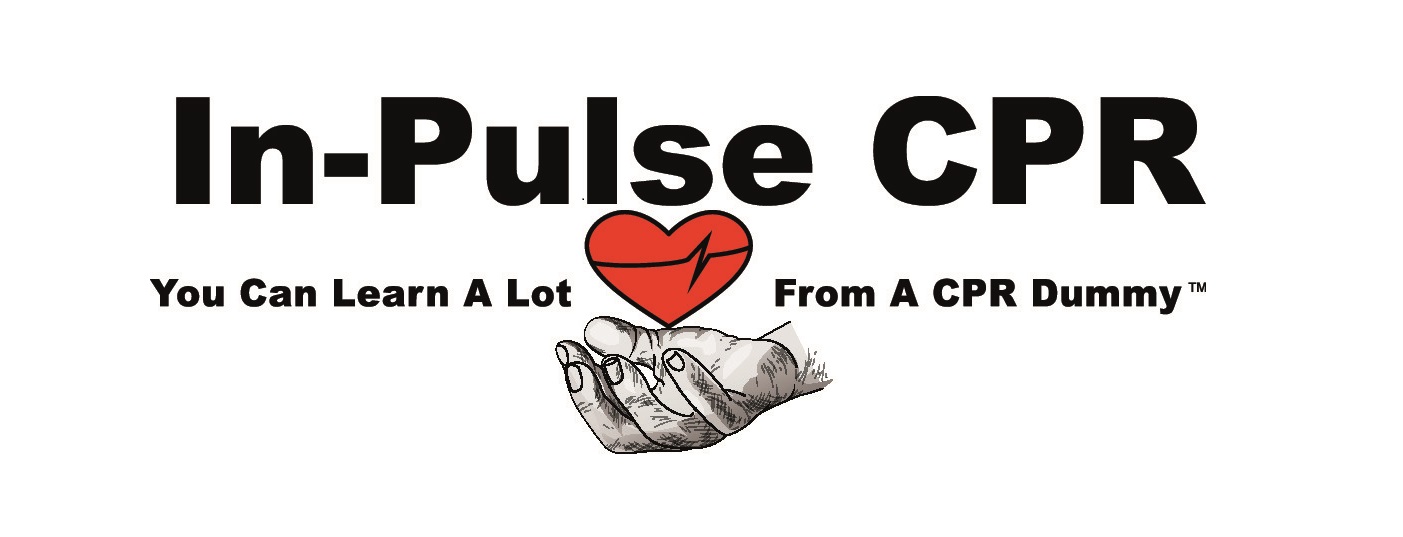Beach Safety Tips for a Safer Summer
Beach Warning Flags
You see them flying on all of Florida’s public beaches, they are there to let swimmers know if it is safe to swim or not but, do you really know what they mean? The beach is a wonderful place to spend a hot summer day but, the ocean can change very quickly and knowing what the Beach Warning Flags mean can mean the difference between life and death for you, your loved ones, or others near by.
Why Do Public Beaches Need Warning Flags?
Public beaches as well as many private beaches in Florida have many visitors each year. Often these visitors don’t realize that there are many natural occurrences in the ocean that can and do affect the safety of swimmers such as; tide, rip currents, marine life that may be in the area. The Beach Warning Flags warn us of such dangers.
What Do They Mean
There are five different Beach Warning Flags, each meaning a different thing and each, a different color. As in most cases RED indicates danger and is the most significant of the Beach Warning Flags and should be adhered to always.
Double Red –Water is closed to swimmers, sometimes this flag has a picture of a swimmer with a white line through it, which again means No Swimming!
Single Red – One red flag means that you can still swim but, you should use extreme caution and get out of the water if at any time the current becomes stronger or the waves larger. Stay within sight of a Lifeguard at all times.
Yellow – Moderate waters can be really fun to play in but, extreme caution is necessary when the yellow flag is flying. A yellow flag represents strong dangerous currents, surf, undertow, rocks, sudden drop offs, or any number of potential dangers, If you’re unsure ask the life guard.
Green – The Green Beach Warning Flags says that all is good and it’s okay to swim. Just remember that the ocean can change very quickly so it’s always a good idea to keep an eye on the Beach Warning Flag and the Lifeguard.
Blue or Purple – Dangerous marine life such as sharks and jellyfish can really mess up a day at the beach but, they are a part of the ocean and to be expected from time to time. If you see a blue or purple flag it doesn’t mean that can’t swim, only that you should be cautious while swimming and keep an eye out. These flags are often used in conjunction with other flags.




